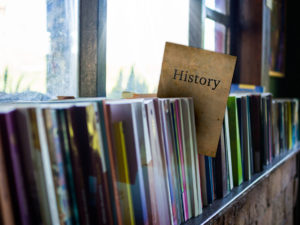Have you ever wondered about the history of modern heating, ventilation, and air conditioning (HVAC)? It's actually quite interesting. The history of HVAC spans 180 years. It travels from its roots in Florida to the first inkling of a modern system in New York. Then, it heads west to its first well-designed system located in a Los Angeles theater. Relax, grab a snack, and read about the history of HVAC.
History of HVAC: A Physician's Vision
Dr. John Gorrie was a Florida physician and inventor. He envisioned a machine capable of cooling entire cities. This cooling machine would keep hospital patients comfortable and keep malaria at bay. So, he wanted a cooling machine to improve the health of people.
Dr. Gorrie invented a machine that created ice using a compressor powered by water, sails, a horse, or steam. He was granted a patent. However, his financial backer passed away — and so did Dr. Gorrie's dream.
History of HVAC: Willis Carrier
In 1902, an engineer named Willis Carrier invented a machine that could control indoor humidity using cooling coils. This "Apparatus for Treating Air" could humidify or dehumidify a room. As he continued working, testing, and refining his invention, he designed and patented an automatic control system, which could regulate temperature. It was the first modern air conditioner.
The first time this new concept of comfort cooling was introduced to the public was in 1904. The mechanical refrigeration technology was used to cool the Missouri state building. However, it wouldn't be until the 1920s when the first well-designed HVAC system was made and used in the Metropolitan Theater in Los Angeles.
History of HVAC: HVAC Comes Home
It took another 20 years, during the 1940s, before HVAC systems were designed small enough and affordably enough to be installed in thousands of homes. By the close of the 1960s, new-home construction mostly included central HVAC systems. Today, more than 87% of all U.S. households use HVAC.
While the history of HVAC is interesting, you may be more concerned about HVAC service, so when you need help with your HVAC system, please contactAir Assurance.






